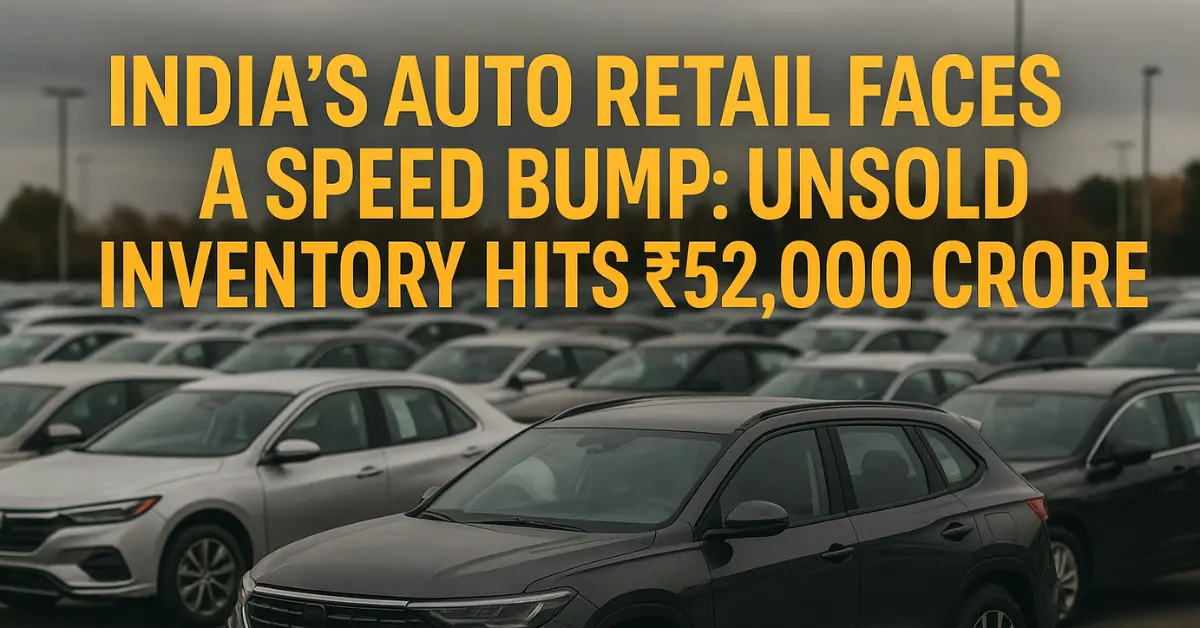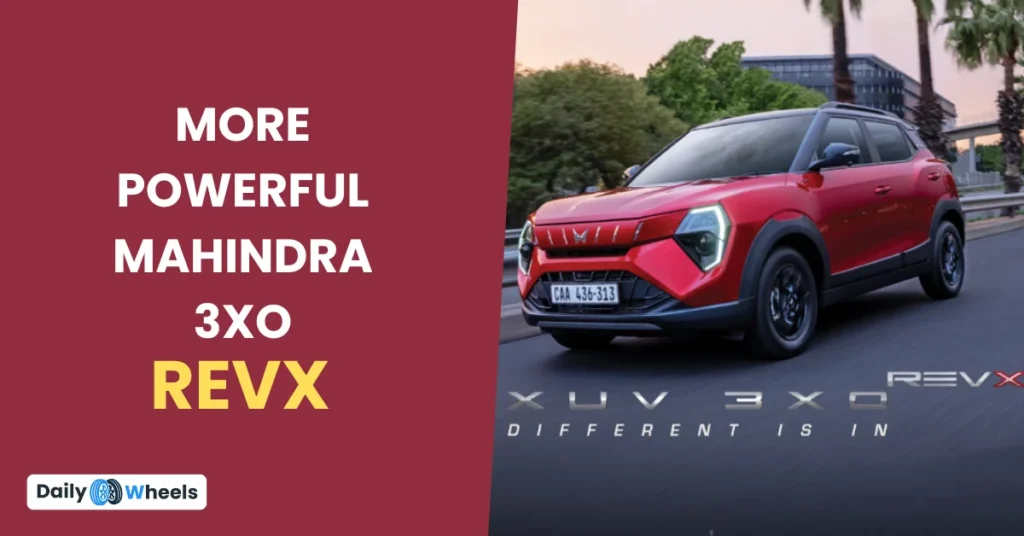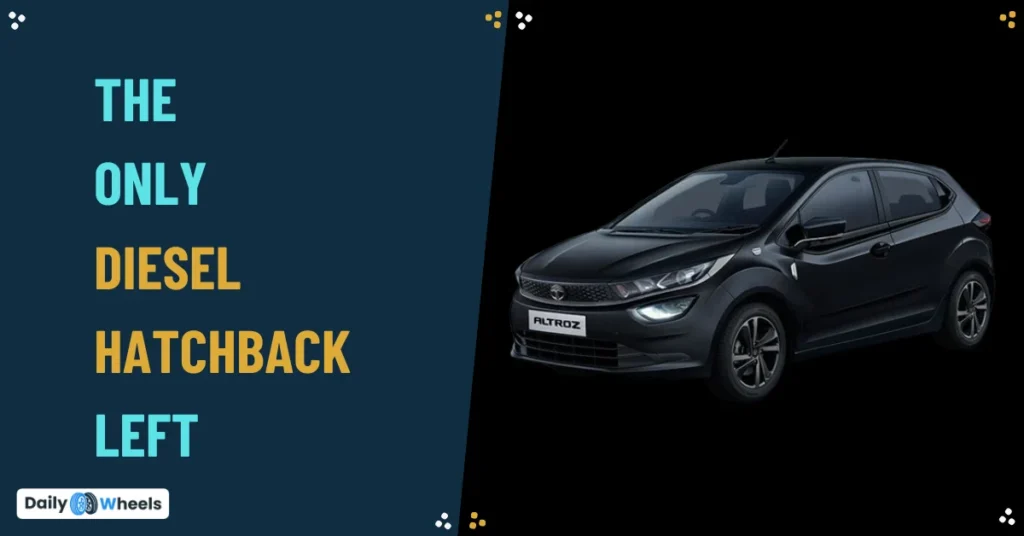India’s automobile industry, once riding high on post-pandemic production momentum, now finds itself grappling with an unexpected challenge — a sharp rise in unsold vehicle inventory across dealerships. With an estimated ₹52,000 crore worth of stock lying idle, the gap between wholesale dispatches and actual retail demand is growing wider.
Dealers Under Financial Stress
According to the Federation of Automobile Dealers Associations (FADA), current inventory levels hover around 52–53 days, well above the optimal benchmark of 30–35 days. For dealerships, this surplus is more than a storage issue — it’s a growing financial burden.
The longer vehicles sit unsold, the more dealers must spend on insurance, financing, and maintenance. These rising costs, coupled with shrinking profit margins, are putting immense pressure on operational sustainability. Many retailers have resorted to steep discounting to move aging stock, but this short-term fix often cuts deep into already thin earnings.
OEMs Also Feel the Heat
Automakers, or Original Equipment Manufacturers (OEMs), aren’t shielded from the ripple effects. Aggressive discounting risks undermining brand value, while strained dealer relationships could impact long-term customer loyalty. If dealership profitability suffers, it may lead to lower service quality, hurting the end-user experience.
A disconnect between production targets and actual market demand can result in a trust deficit between OEMs and their retail partners — and in some cases, even market share erosion if the dealer network weakens.
Structural Risks for Smaller Dealers
The situation is especially precarious for small and mid-sized dealerships, many of whom lack the financial cushion to weather prolonged inventory pile-ups. Increased operational costs — from vehicle lot management to pre-delivery inspections — may force some to exit or consolidate, reducing competition and diversity in the retail landscape.
What Needs to Change
Experts are urging OEMs to rethink their approach and shift to demand-driven production. Tools like real-time analytics can help align manufacturing and dispatch with real-world retail performance. Additionally, supportive measures such as inventory financing schemes, buy-back programs, and interest subsidies could provide relief to struggling dealers.
There’s also a growing push to diversify dealership income — through expanded services like used-car sales, insurance products, and robust after-sales support. Strengthening digital retail platforms is another promising pathway to reduce friction and increase conversions.
The Road Ahead
As India’s auto industry navigates a landscape shaped by economic uncertainties, shifting consumer behavior, and geopolitical headwinds, a cohesive OEM-dealer strategy is more important than ever. Building trust, ensuring financial resilience, and embracing smart production planning will be key to long-term success.
A strong, stable dealership network isn’t just a sales outlet — it’s the backbone of sustainable industry growth. At DailyWheels, we believe the future of Indian mobility will depend not just on what we build, but on how well we support those who bring it to the road.





